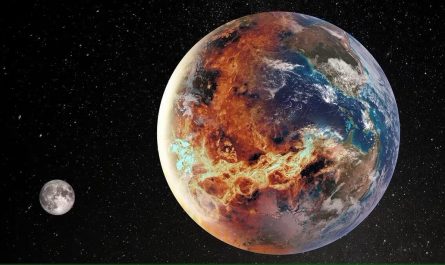Have you ever looked up at the night sky and felt a profound sense of awe? It’s a feeling that only intensifies when you truly grasp the immense scale of the universe and just how small our own galactic home, the Milky Way, truly is within it. Let’s dive into some mind-blowing numbers that put our place in the cosmos into perspective.

The Observable Universe: A Vast Cosmic Ocean
Our universe is ancient and unfathomably large. Scientists estimate the observable universe is a staggering 13.8 billion years old and spans an incredible 93 billion light-years in diameter. To give you a sense of that distance, one light-year is about 5.88 trillion miles!
Within this vast cosmic ocean, the numbers become truly staggering:
- At least 200 billion galaxies: Each a swirling island of stars, gas, and dust.
- 700 quintillion planets: Yes, that’s 700 followed by 18 zeros! The sheer number of planetary bodies out there is almost impossible to comprehend.
- More than 4,000 verified exoplanets: These are planets orbiting stars other than our Sun, and this number is constantly growing as our detection methods improve.
- 55 exoplanets in habitable zones: Even more exciting, a significant number of these exoplanets orbit within their stars’ habitable zones—the region where conditions could be just right for liquid water, a key ingredient for life as we know it.
The Milky Way: Our Galactic Neighborhood
Now, let’s shrink our focus to our cosmic home: the Milky Way galaxy. Despite its personal significance to us, it’s just one of those 200 billion galaxies in the observable universe.
The Milky Way itself is about 100,000 light-years across and is a bustling metropolis of stars and planets:
- Up to 400 billion stars: From fiery giants to tiny red dwarfs, our galaxy is teeming with stellar activity.
- 200 billion planets: That’s a huge number of worlds right here in our own galaxy!
- At least 6 billion potentially habitable Earth-like planets: This figure is particularly compelling. It suggests that even within our own galaxy, there could be billions of worlds with conditions similar to Earth, potentially capable of supporting life.
Life Beyond Earth? The Search Begins at Home
What makes this cosmic interconnectedness even more profound is the prospect of life beyond Earth. We often think of alien life as being light-years away, but the search for extraterrestrial life extends right into our own cosmic backyard!
Consider these fascinating worlds within our solar system that offer prospective locations for finding life:
- Mars: Once warmer and wetter, evidence suggests it may have harbored microbial life in its past, and the search for ancient biosignatures continues.
- Titan (moon of Saturn): With its thick atmosphere, liquid methane lakes, and complex organic chemistry, Titan is a prime candidate for unique forms of life.
- Enceladus (moon of Saturn): This icy moon hides a vast subsurface ocean of liquid water, with hydrothermal vents that could provide energy for life, much like those found on Earth’s ocean floor.
- Europa (moon of Jupiter): Another icy world with a massive subsurface ocean, Europa is considered one of the most promising places in our solar system to find extraterrestrial life.
These examples highlight that even within the confines of our relatively “small” solar system, the potential for life, in various forms, is tangible.





